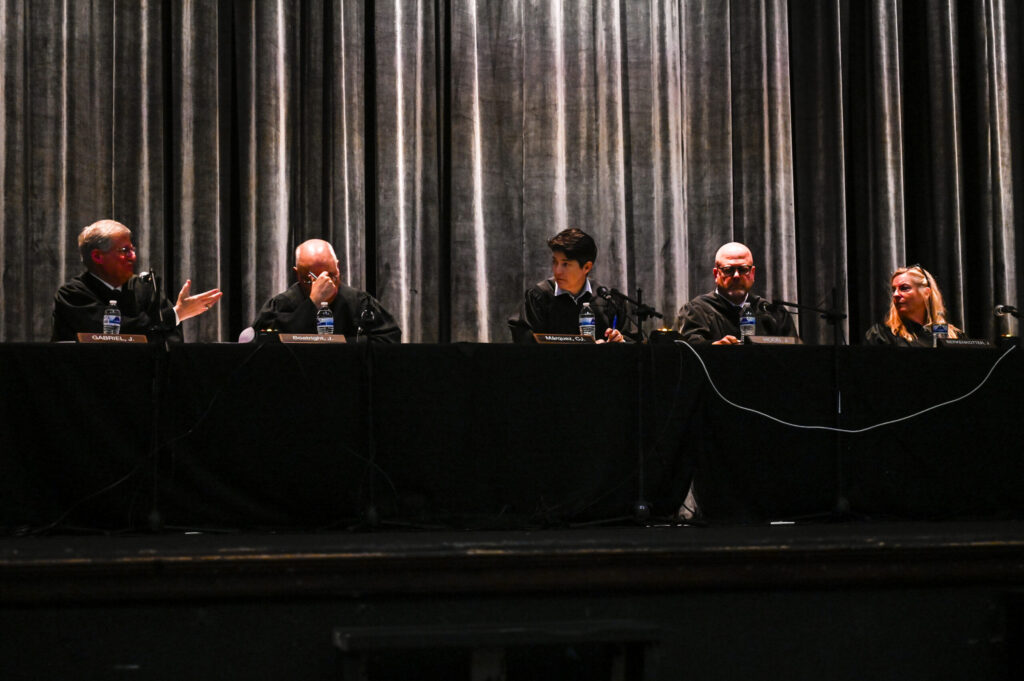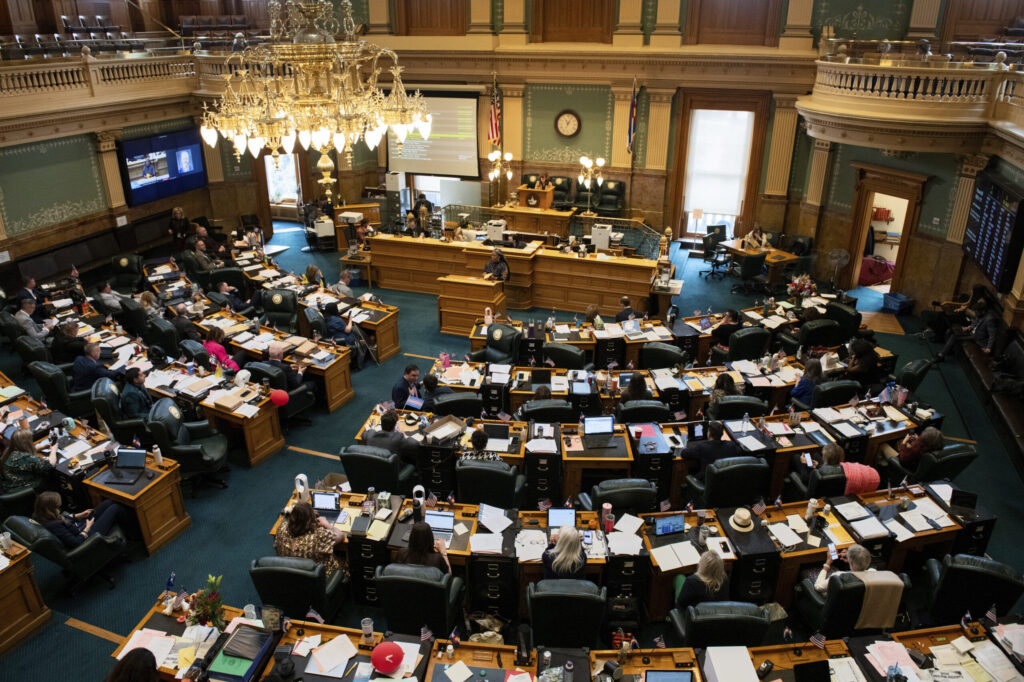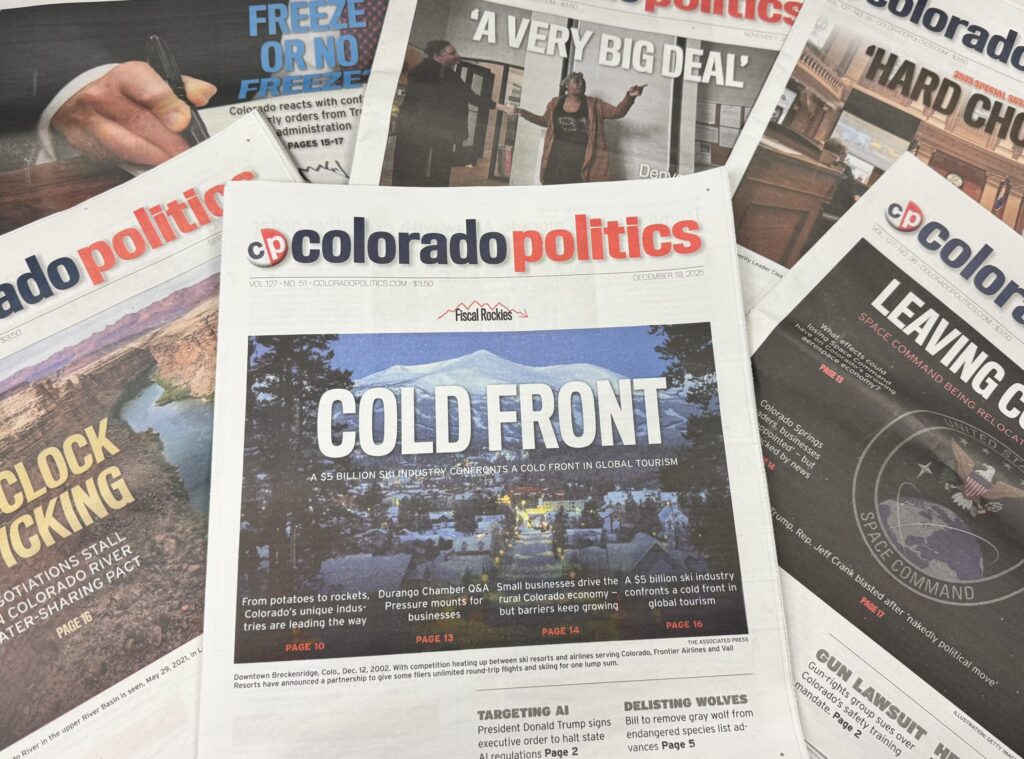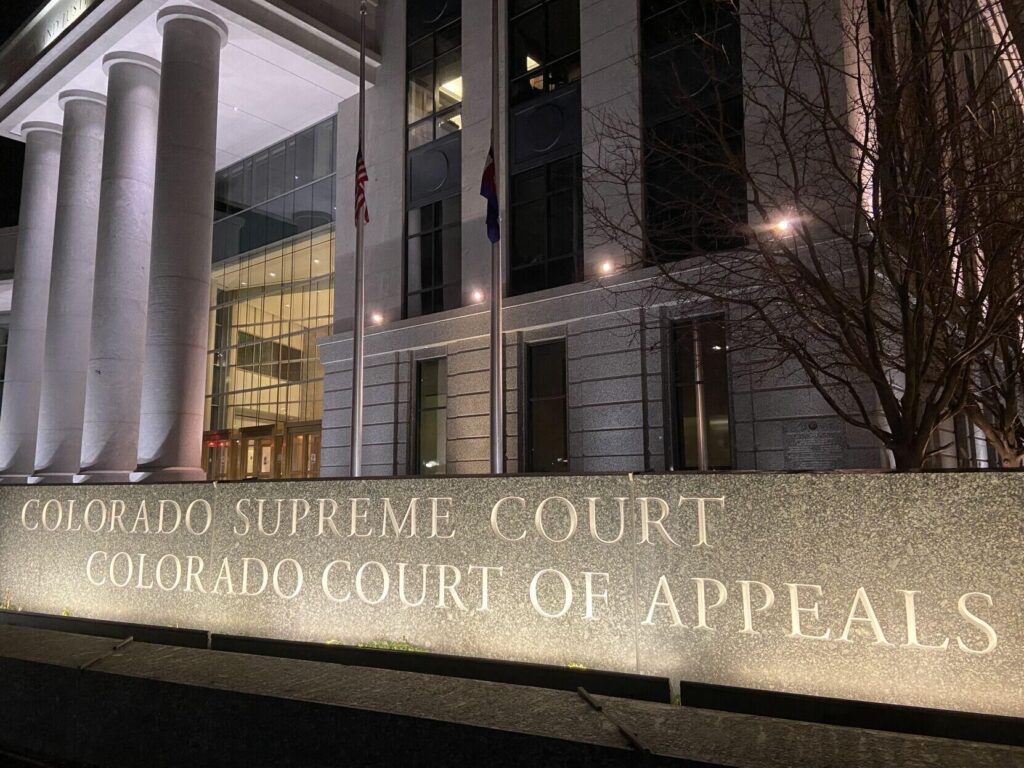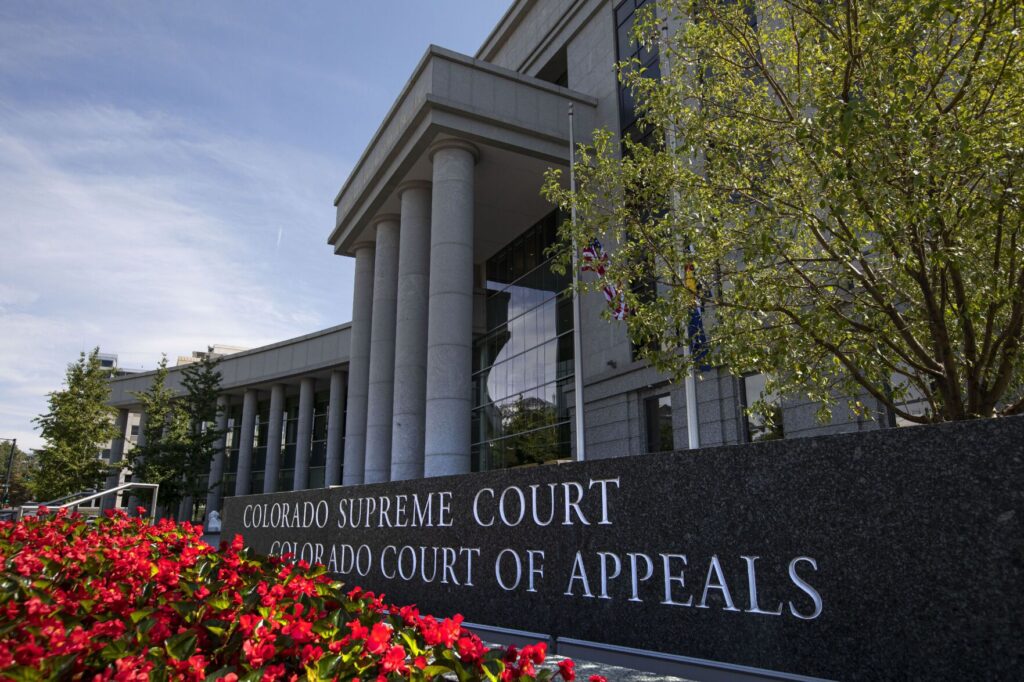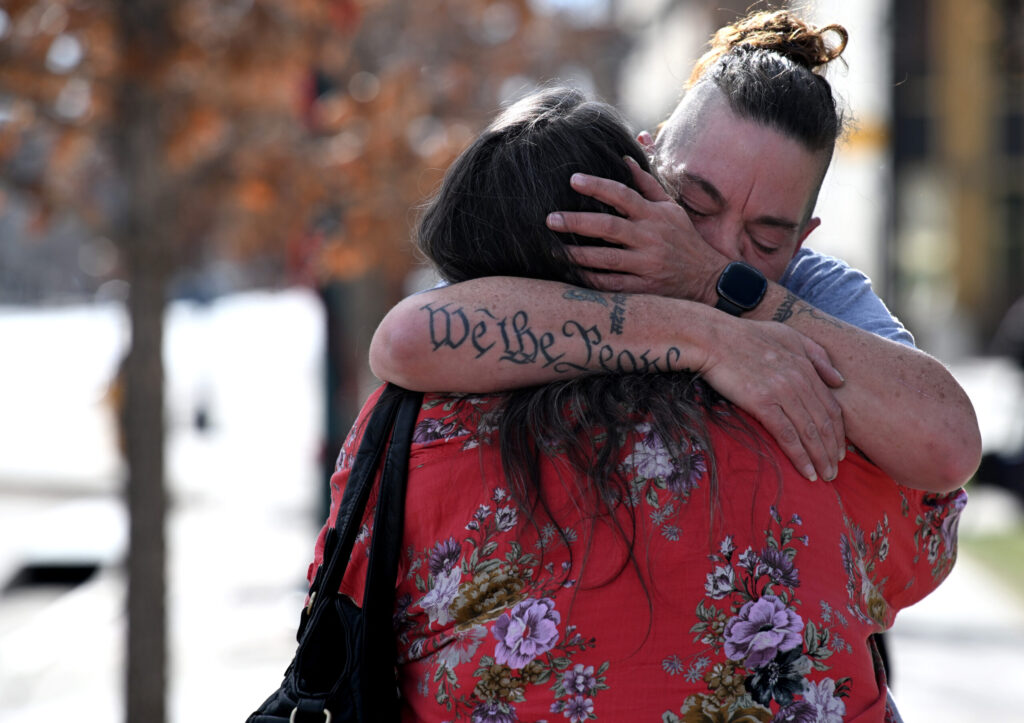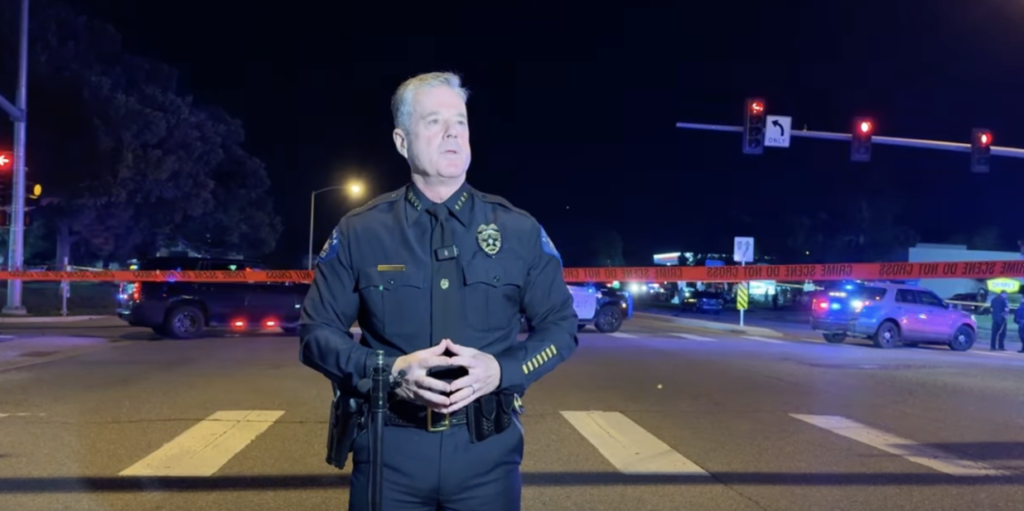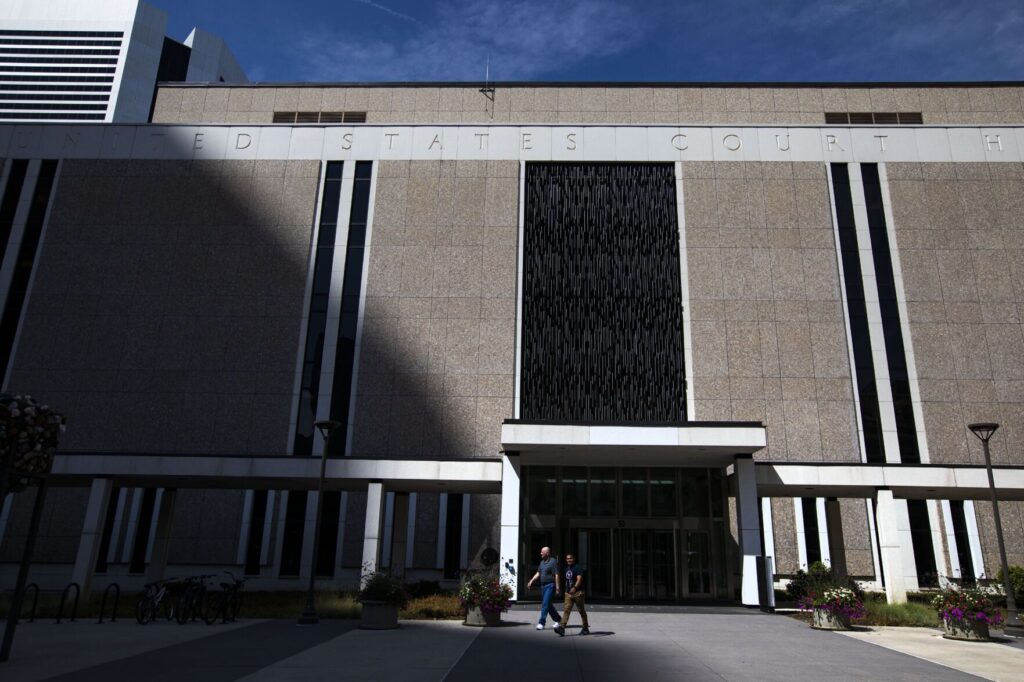10th Circuit upholds convictions of Aurora’s ‘Labor Day Massacre’ shooter
Even if there was a constitutional violation from letting jurors hear the videotaped statements of a wanted fugitive, the federal appeals court based in Denver agreed the out-of-court testimony implicating a teenage defendant in a 1998 killing spree did not undermine his murder convictions.
Alexander Pogosyan is serving multiple life sentences for his role in the slayings of five people on Sept. 7, 1998, dubbed the “Labor Day Massacre.” There was substantial evidence at Pogosyan’s 1999 trial that 18-year-old Michael Martinez killed the victims, likely with the assistance of a second shooter. The identity of the second shooter, however, was disputed.
After jurors convicted Pogosyan and state appellate courts upheld that outcome, Pogosyan initiated proceedings in federal court arguing a violation of his Sixth Amendment right to confront the witnesses against him. A federal judge agreed that one piece of evidence — a videotaped statement by the person who drove Martinez and 17-year-old Pogosyan, and therefore placed Pogosyan inside one of the crime scenes — violated Pogosyan’s rights. However, she concluded the video did not substantially affect the verdict.
A three-judge panel of the U.S. Court of Appeals for the 10th Circuit largely agreed with that analysis on Monday.
The video “was not necessary to find Pogosyan guilty. Contrary to his arguments, the recording was far from the only evidence demonstrating Pogosyan was involved,” wrote Senior Judge Michael R. Murphy in the panel’s Aug. 19 order.
After the Labor Day killings in Aurora, Artur Martirosyan gave an initial, unrecorded statement at his high school about the events. He subsequently sat for two recorded interviews. Martirosyan said he drove Martinez, Pogosyan and Pogosyan’s brother, Roman, to and from the first set of murders in a home on S. Paris Way. Martinez went inside along with someone else. Martirosyan said the other person was Alex Pogosyan. Alex’s lawyers insisted he never entered, so the second shooter must have been Roman.
Over the defense’s objection, Arapahoe County prosecutors played an edited video of Martirosyan’s statements and repeatedly emphasized his narrative to jurors. Martirosyan never took the witness stand because after talking to police, he disappeared. He remains wanted in Colorado today.
Martinez was found dead of gunshot wounds shortly after the massacre. His killing is still unsolved.

Prosecutor John Topolnicki talks about Artur Martirosyan’s videotaped testimony during the murder trial of Alexander Pogosyan.
Pogosyan appealed his convictions, but the Court of Appeals ruled Martirosyan’s video statements were reliable because he would not have admitted to law enforcement his role in the crime spree “unless he believed (the story) to be true.” Colorado’s Supreme Court justices declined to hear the appeal, falling one vote short of the threshold to take up the case.
Pogosyan then filed a federal “habeas corpus” petition, arguing the admission of Martirosyan’s out-of-court, hearsay statements was contrary to the U.S. Supreme Court’s clear directive and courts should have “grave doubt” about the video’s effect on the verdict.
Last year, U.S. District Court Judge Nina Y. Wang agreed Martirosyan’s statements were unreliable because he sought to minimize his own culpability, was responding to leading questions from his interrogators and changed his story. He also asked at one point: “What could I say to get me out of this?”
However, Wang declined to grant relief to Pogosyan, noting many other witnesses testified about Pogosyan’s behavior and incriminating statements the day of the shootings.
“With or without the Martirosyan statement, the jury heard several witnesses recount Petitioner’s contemporaneous confession to the killings of September 7, 1998,” she wrote.

Nominee to be United States District Judge for the District of Colorado Nina Nin-Yuen Wang, testifies before the U.S. Senate Judiciary Committee during her confirmation hearing on Capitol Hill in Washington U.S., May 25, 2022.
On appeal to the 10th Circuit, Pogosyan emphasized Martirosyan’s out-of-court testimony was different. It was the only evidence placing Pogosyan inside one of the houses where the victims were slain. There was little other physical evidence and eyewitnesses’ identifications of the second shooter were not ironclad.
“There are so many nagging things about this case,” Murphy acknowledged during oral arguments. He pointed to the length of the jury’s deliberations, the fact that jurors asked to see the Martirosyan video again and their acquittal of Pogosyan on the most serious charges as potential weak spots in the government’s case. “I keep wondering: At what point are you pushed over to ‘grave doubt’?”
Judge Carolyn B. McHugh added that the other witnesses who heard Pogosyan speak about the shootings had numerous problems with credibility, shifting narratives and incentives to curry favor with the prosecution.
“This was not the Mormon Tabernacle Choir,” she quipped.
Ultimately, the panel agreed that even if the Martirosyan video was problematic, the strength of the prosecution’s case overall “lessens the importance” of Martirosyan’s statements.
“Pogosyan contends many of the state’s witnesses were motivated or pressured to fabricate the truth,” Murphy wrote. But “Pogosyan offers very little to counter the substantial evidence indicating he was with Martinez throughout September 7 and acted as the second shooter at both crime scenes.”
The case is Pogosyan v. Weiser.


